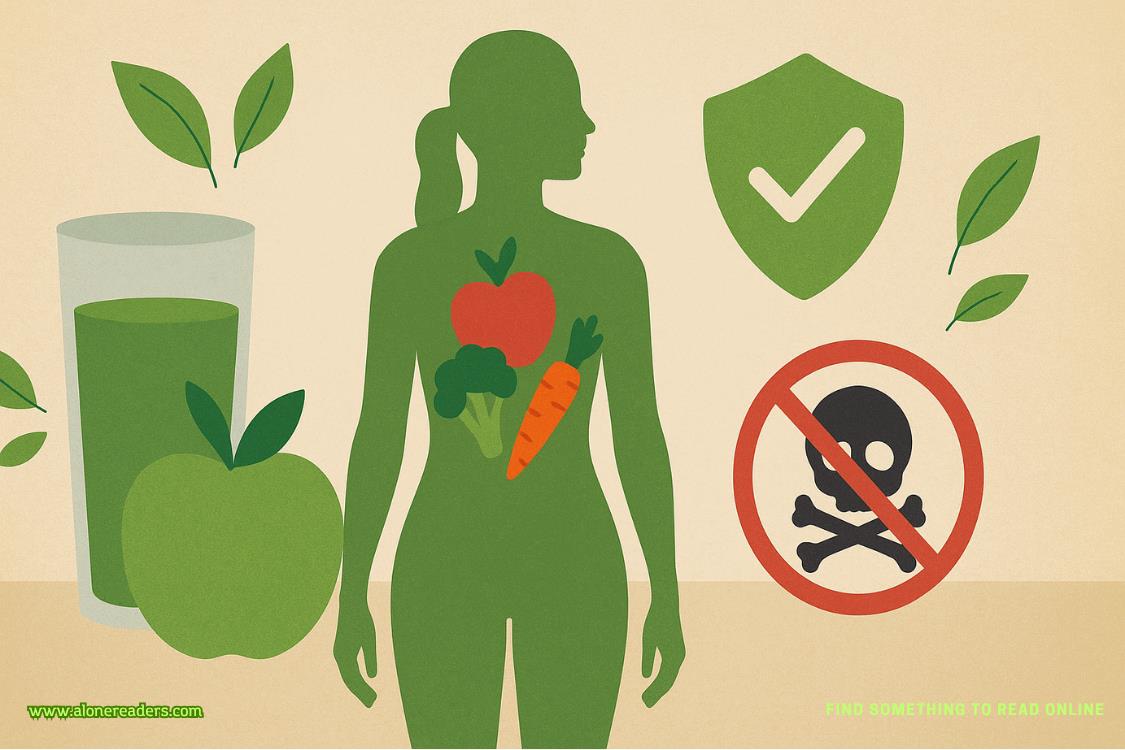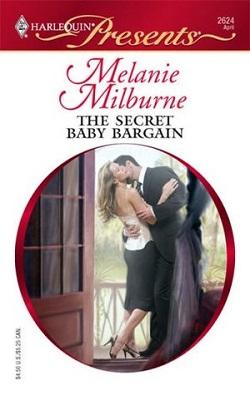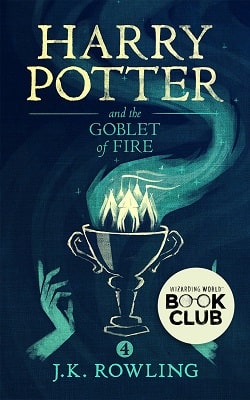On the plus side, jerking off nonstop seemed to be part of his healing process—a bizarre thing to admit when he hadn’t known he was sick. Coming home had forced him to step back from what had become a grueling cycle: travel, jet lag, insomnia, and the occasional, very random hookup.
He left the Rise early every morning for a run (in the opposite direction of Fontana’s cottage), ate breakfast with hisfamily, read books, took photographs for pleasure, not profit, andslept. Two days ago, an entire night without waking, which had not happened since college. Being away from his studio wasn’t holding up work, either. He’d selected prints for the gallery exhibit in Philadelphia in March and sent his publisher the proposal forSouthern Structures. His agent had called about theNew York Timestravelpiece, which he’d accepted, but pushed off until the first of the year, when he, Kit, and John Nelson would be settled in Atlanta. As little travel as possible was the agenda.
His hope for a new normal.
He lowered his camera to his side as a chill—one he prayed was from the approaching winter and not fear—raced down his spine. The pending move stirred puzzling emotions, even as he made plans: new school, furniture, nanny, nurse, real estate agent.
Leaves crackled beneath his boots, the air carrying a definite bite. Time was passing when he wasn’t sure he wanted it to.
“What else, Mr. True?”
He turned to find Luca by his side, a boy with curiosity and talent. A boy desperate to locate his place in a world that had turned him inside out, a familiar form of cruel betrayal. Campbell could relate all too well. Maybe that’s why the urge to help him was overwhelming. Might also explain why the kid had spent the past week sleeping on a pallet in Kit’s bedroom, later appearing in the darkroom for his next lesson.
For today’s class, Campbell brought the students to a disintegrating barn on the northern edge of the Rise’s vast acreage, once thriving fields of cotton, corn, and soybean. He didn’t mention that the structure had inspired the idea for his new book years ago, when the outbuildings scattered across his family’s land first began to crumble. His despondencyhad turned to design when he realized he could preserve them with his camera.
Though the clock was ticking before they turned to dust.
Campbell took two steps back until the image of the barn, a washed-out gray against a vivid sky, settled into focus. The grass beneath it was stark and chalky in contrast. It wasn’t just a picture in his eye but in his heart.
He lifted the camera, feeling the surge of a sure shot as he found what he was searching for in the viewfinder.
This photo would grace the cover ofSouthern Structures. He just knew it.
“Absorb the scene,” he told the students gathered around him. “Observe.Feelwhat you’re seeing. It isn’t static. If it is, the shot’s wrong. That’s what it means to have vision, to havevoice. The rest—apertures, exposure, f-stop—can be learned. Conveying emotion is the only way to connect. Find a way to do that in every photograph, in your own way.”
The class tittered and scrambled, most pausing only long enough to snap pictures of each other in goofy poses. Except for Luca, who scanned the barn with a thoughtful expression, then shook his head and walked away.
Apparently, it wasn’t his inspiration.
But Campbell felt fairly sure he would find what was.
The shimmer in the air, a shock of static electricity, raised the hair on his arms. An instant of surprise and delight struck him as he watched Fontana stride across the field, her long-legged gait burning up the ground.
She looked like she was on a mission.
He squinted into the sunlight. Although her clothing was sure to be ratty and her hair likely contained in a hopeless knot at the back of her head, he didn’t have to see her clearly to know.
A drop-dead gorgeous package, no matter how it was wrapped.
Campbell lifted the camera, bringing her into watery focus at the edge of the shot. She was far enough away to be part of the photo, notthephoto. An insignificant blip, indistinct to anyone but him, lost in dappling, clingy sunlight and golden grass—wheat on fire.
Capturing her in his viewfinder was nothing like,feltnothing like, those images he’d taken of his mother.
He watched in equal parts trepidation and pleasure as she closed in on him, awareness sending his blood on a rush-ride through his body. On his birthday, he’d rather effortlessly stripped himself bare, peeling layers of the past back as easily as he’d peel an onion.
Without one sexual innuendo in his admissions.Nada. Only his cousins knew this much about him. And now her.
What thehellto make of that?
He felt changed, in the midst of a shift. And not a subtle one.
Fontana’s face was flushed, moisture gathering at her temple. It brought back the way she’d looked right before she crested, glowing and out of breath. She was wearing a jean jacket three sizes too big; it swallowed her whole. Campbell frowned, recalling what he’d heard in town and dismissed, because small-town gossip was such bullshit.
When she reached him, she thumped him in the chest with a closed fist. “Someone’s in my house. A showing, they called it. I was in the middle of invoicing! Trying to pay bills!”
“Is that Bowman’s jacket?”
Fontana’s mouth flattened. She glanced down, running her palm along the metal buttons, smoothing over her answer. “The diner was cold.”















